So many of you are interested in pushing the limits with your aquarium but aren’t quite ready for the responsibilities of a full-blown paludarium.
A riparium might just be the perfect in-between! This edition of vivarium types will explore the intimate details of riparia as well as demonstrate how to put on together.
Before we dive into ripariums, it’s worth mentioning our innovative approach to vivarium design: the Bantamarium.
These unique enclosures combine the aesthetics of traditional vivariums with modern customization options, offering a versatile setup for various types of environments—including those that mimic shorelines and riverbanks, much like a riparium.
If you’re interested in learning more about how Bantamariums can be tailored to create stunning living displays, be sure to check out our Bantamarium guide.
Table Of Contents:
ToggleWhat Is A Riparium?
A riparium, also commonly referred to as “riparia”, is a type of vivarium that consists of water with some land features.
The Ripa part of the word comes from the Latin word riparius, meaning “bank” or “shore.” The word itself translates to “a shore-like place.” The plural form of riparium is riparia.
Like paludaria, this planted tank also consists of both water and land. The aesthetic goal of a riparium is to mimic a shoreline or riverbank.
Think of this vivarium as more of an aquarium with a portion of its plants and hardscape above water.
Riparium Vs. Paludarium: What’s The Difference?
Paludaria and riparia are very similar in the sense that they both consist of aquatic and terrestrial features. There is, however, a difference in life sustainability.
A paludarium has enough landmass to provide a habitable living space for semi-aquatic animals.
A riparium has a limited landmass but usually cannot support life that depends on “Terra-amenities” (yes – I made up that word).
If ripariums are thought to resemble a riverbank, think of a paludarium as an island on water or a lake within a jungle. I go more into depth about paludariums here.
The Heart of the Riparium: Emergent Plants
The soul of any riparium is its lush collection of emergent plants.
These are species that thrive with their roots in the water and their leaves and stems growing up into the open air, perfectly mimicking the look of a natural riverbank.
Many of the best plants for a miniature riparium are actually common houseplants that adapt beautifully to this semi-aquatic environment.
How to Plant Emergent Plants
Unlike a traditional aquarium, you don’t plant directly into the substrate at the bottom. Instead, the plants are typically held in specialized planters that attach to the side of the tank, or their roots are wedged directly into the hardscape.
-
Riparium Planters: These are small plastic cups with suction cups that attach to the acrylic wall. You fill the cup with a substrate like LECA or gravel, place the plant’s roots inside, and position the planter so the bottom is submerged in the water.
-
Hardscape Mounting: Many plants, especially those that grow from rhizomes, can be attached directly to driftwood or rocks. Use aquarium-safe super glue gel or string to affix the plant’s roots to a piece of wood, allowing the roots to trail down into the water below.
Best Riparium Plants
Riparium plants are going to be flora that is completely submerged or partially within the water.
Aim for plants that will do well in extreme humidity and, at the very least content with being water-bogged.


Floating Plants – Before diving underwater to reveal the riparia vegetation, there are some cool plants you can place right on the surface of the water.
Duckweed is among the most common and easiest to care for.
Frogbit, water lettuce, and Salvinia are not as common and come in various looks and sizes.
These types of plants are your planted tank go-to’s and provide shade and security to the inhabitants that like to live close to the surface, like Arowana or pikes.
Submersed Plants – This type of plant is completely submerged underwater.
Everything from their roots to their leaves is completely under the water. Amazon sword, Christmas moss, and Java fern are all good examples of submerged plants.
Immersed Plants – These plants are rooted underwater but sprout stems and leaves above water.
As a result, they are pretty straightforward in terms of setup and care. Your only limit here is the creative vision you have in mind for your theme.
Pothos, Hygrophila, and Ammania are common examples of emersed plants.
Essential Equipment for Your Mini Riparium
A successful riparium relies on a foundation of high-quality equipment that can safely hold water and keep it clean and healthy for your plant’s roots.
Our Bantamarium V2 AQUA MINI & AQUA NANO kits provide the perfect, all-in-one starting point for your miniature riverbank project.
The Ideal Tank
The most critical piece of hardware for a riparium is a 100% watertight vessel with a clear view and an open top.
The Bantamarium V2 AQUA MINI & NANO Fish Tank kits are engineered for exactly this purpose. Their VAPO Core Glassware features a seamless, permanently sealed base, providing complete peace of mind against leaks.
Furthermore, each kit comes with an optional Light Top, which provides the powerful, plant-sustaining light your emergent plants need to flourish in the open air.
The open-top design, when the cap is removed from the lid, allows your plants all the space they need to grow.
Filtration & Flow
While a riparium has fewer aquatic inhabitants than a full aquarium, the water can still become stagnant.
Gentle water movement is crucial for delivering nutrients to your plant’s roots and preventing the buildup of biofilm.
Our silent Mini Water Pump is the perfect size for a mini riparium.
Placed at the bottom of the Tall Base, it provides a gentle but consistent current that mimics a natural stream, keeping the water fresh and healthy for your plant’s submerged root systems.
How to Build Your Bantamarium Riparium: A Step-by-Step Guide
This is where your miniature riverbank comes to life. This guide will walk you through the entire process of setting up a beautiful riparium using the Bantamarium V2 AQUA Kit.


Step 1: Set Up Your Equipment
Before adding any decorative elements, place your hardware. Rinse your substrate and the Mini Water Pump thoroughly.
Place your filtration dividers and filter media (like sponges, LECA, and activated charcoal cage) inside the Tall Base.
Position the Mini Water Pump in the last chamber, ensuring the outlet nozzle is pointing up. This base is now your all-in-one filter and water reservoir.
Add your chosen substrate (sand or fine gravel works best), creating a layer deep enough to cover the base of the pump.
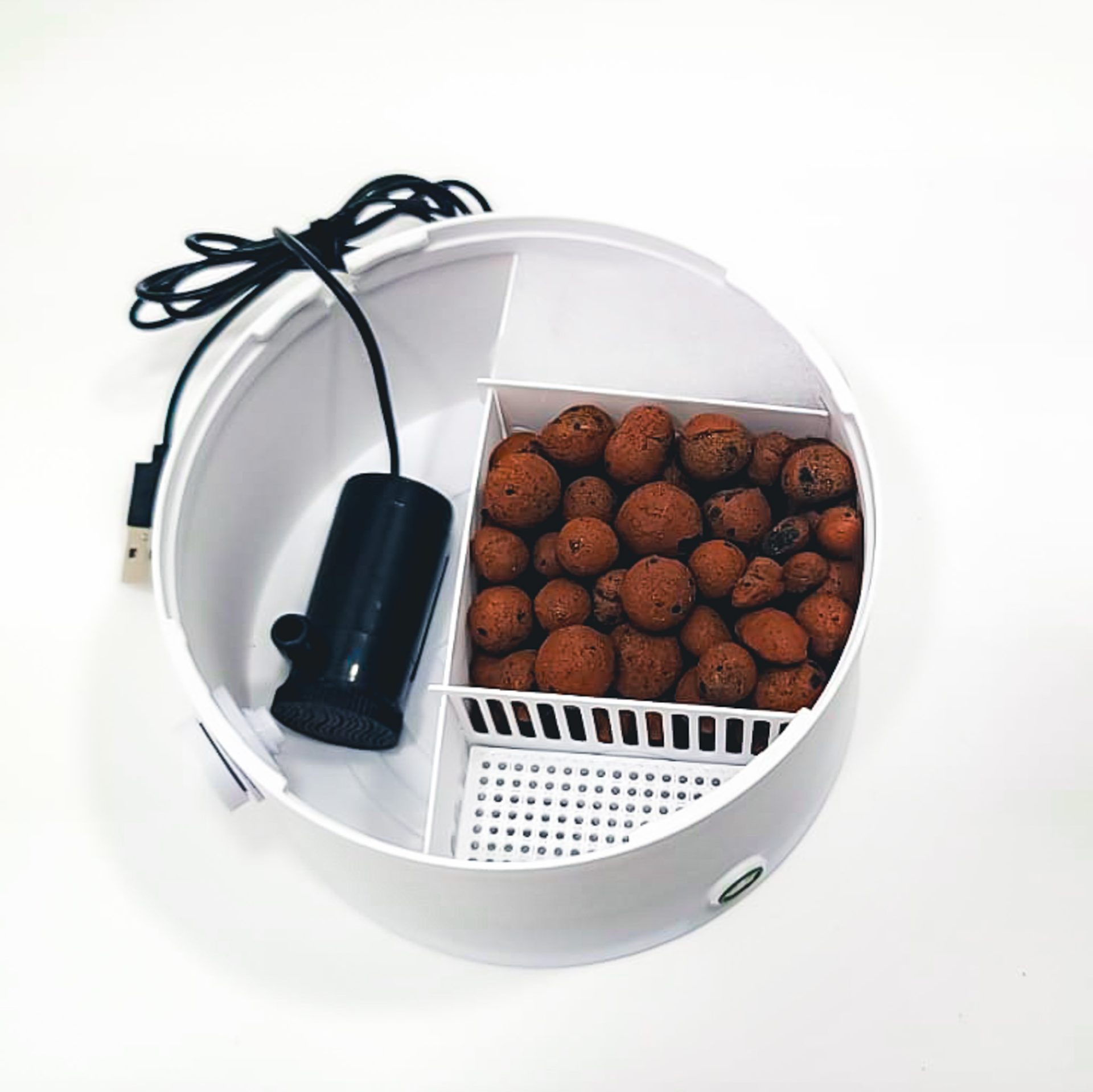

Step 2: Create Your Hardscape
Now, create the structure that will support your emergent plants. Arrange pieces of driftwood, spider wood, or rock in a way that they rise out of the substrate and break the water’s surface.
This hardscape is not just decorative; it’s what you will attach most of your plants to. Create an interesting layout with plenty of nooks and crannies for roots to anchor.
Step 3: Position Your Plants
This is the most important step. Begin attaching your emergent plants, like Pothos or a Peace Lily, to the hardscape using aquarium-safe super glue gel or string.
Position them so that their roots will be fully submerged in the water, while the base of the plant and its leaves are entirely in the open air above the planned waterline.
You can also add fully aquatic plants like Java Fern or Anubias to the base of the hardscape.
Step 4: Fill the Tank and Power On
Slowly and gently add dechlorinated water to the Bantamarium. The ideal water level for a riparium is typically half to two-thirds full, leaving plenty of open-air space for your plants to grow.
Once filled, plug in your mini pump to create a gentle current. Twist-lock your Lid and Light Top into place (with the cap removed to allow plants to grow out), power on the light, and your riverbank ecosystem is complete.
Stocking a Mini Riparium
While the plants are the stars of the show in a riparium, a few small aquatic inhabitants can add another layer of life and interest, while also serving as a valuable clean-up crew.
Because a riparium has a lower water volume than a full aquarium, the best inhabitants are hardy invertebrates that thrive in the complex environment created by the submerged plant roots and hardscape.
Important Note: As with our miniature aquariums, we do not recommend keeping any fish in a Bantamarium-sized riparium due to the low water volume.
The Perfect Inhabitants
-
Snails: Nerite Snails are the absolute best choice for a mini riparium. They are incredible algae eaters and will diligently clean your hardscape, substrate, and the submerged portions of your plant roots without ever harming the plants themselves. Their varied and beautiful shell patterns are an added decorative bonus.
-
Shrimp: A small colony of Neocaridina shrimp (like Red Cherry or Blue Dream Shrimp) can thrive in a riparium. They will appreciate the abundance of hiding places among the roots and hardscape and will act as excellent scavengers, cleaning up any decaying plant matter or biofilm that develops in the aquatic section.


Riparium Lighting
Ripariums are unique in that they are set up with aquatic plants growing either completely submerged in water, partially submerged in water, or completely above the water’s surface in a dry environment.
As a result, ripariums require a specialized type of aquatic lighting that can be used to provide the necessary light for the unique needs of these plants.
Riparium lighting typically involves the use of fluorescent lighting tubes, which are arranged along the top of the tank to provide adequate coverage for the entire riparium.
These tubes come in a variety of lighting spectrums, intensities, and shapes to accommodate the varying needs of different species of plants.
The ideal spectrum and intensity of light required by the riparium plants will depend on the specific species of plant and the riparium’s environment.
Since ripariums typically involve the use of aquatic and semi-aquatic plants, it is important to keep in mind that light requirements will vary according to the time of day, season, and amount of direct sunlight coming into the tank.
Therefore, riparium lighting systems should be carefully adjusted to provide the right balance of lights to match the riparium’s environment.
With the right combination of lights, ripariums can be kept healthy and thriving.
Vivariums Similar To A Riparium
The many other types of vivariums you will see out there are more than likely based on one of these core designs.
If you are building a vivarium to house a specific type of plant or animal, be sure to go with a design that closely fits their needs.
If you enjoyed this type of content, be sure to check out some of the other popular types of enclosures we’ve covered in the past:
Your Own Riverbank Retreat
A miniature riparium is a truly unique habitat—a tranquil, living sculpture that captures the serene beauty of a river’s edge.
It combines the best of aquatic and terrestrial plant life into a display that is constantly growing and changing.
You now have all the knowledge you need to create this fascinating ecosystem, from choosing the right emergent plants to building a beautiful, flowing waterscape.
The only thing left is to bring your own personal riverbank retreat to life.
Ready to build your river’s edge? Explore our complete collection of watertight aquarium kits and accessories.
Frequently Asked Questions
A riparium tank is an aquarium setup that combines elements from a traditional aquarium and a terrarium.
By making naturalistic water gardens that extend out of the water, ripariums can create a unique and attractive display for growing aquatic and semi–aquatic plants, as well as amphibians, fish, and invertebrates.
Common animals that can live in a riparium include:
• Fish: Fish can help to keep your riparium clean and provide added movement and color to your setup. Common fish that can live in a riparium include guppies, platies, Corydoras Catfish, and Loaches.
• Amphibians: Amphibians, such as frogs and salamanders, can make great additions to a riparium.
• Invertebrates: Invertebrates like shrimp, snails, and crabs are also possible in a riparium.
• Plants: Live plants can be added with the help of a substrate and nutrient injections to create a living, thriving landscape. Popular plants for ripariums include Water Lettuce, Water Hyacinth, Anubias, and Java Fern.
A riparium is an aquatic–based terrarium consisting of an artificial habitat with live plants and/or other organisms kept in a tank of flowing water.
A paludarium is an artificial habitat combining elements of land and water, typically with a pool of water, live plants, and substrate that can be used both in or out of water. They may also include land features such as rocks, soil, and a variety of land plants.
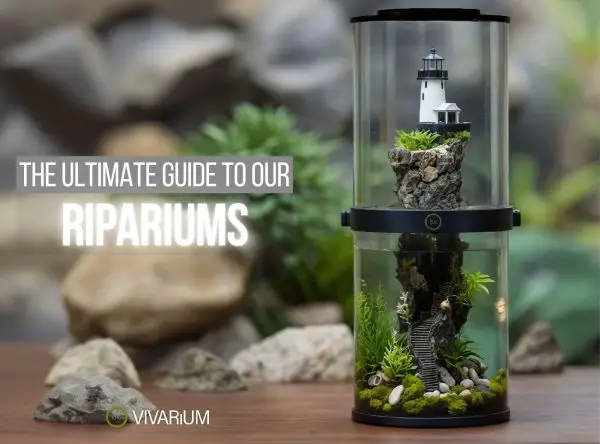
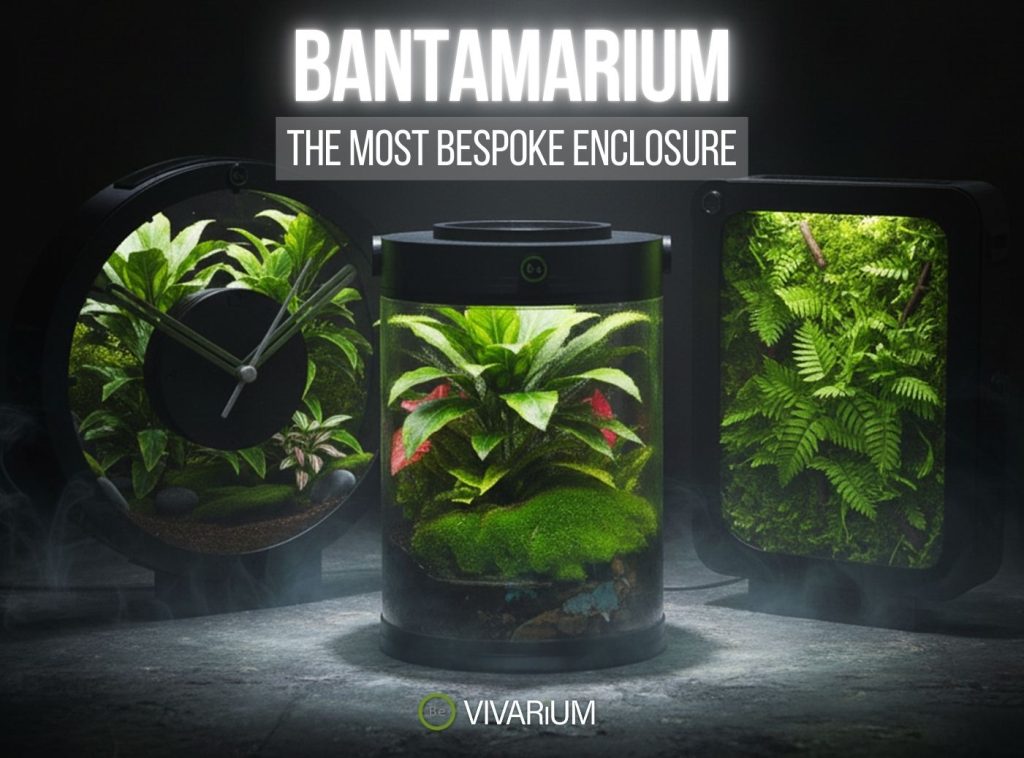
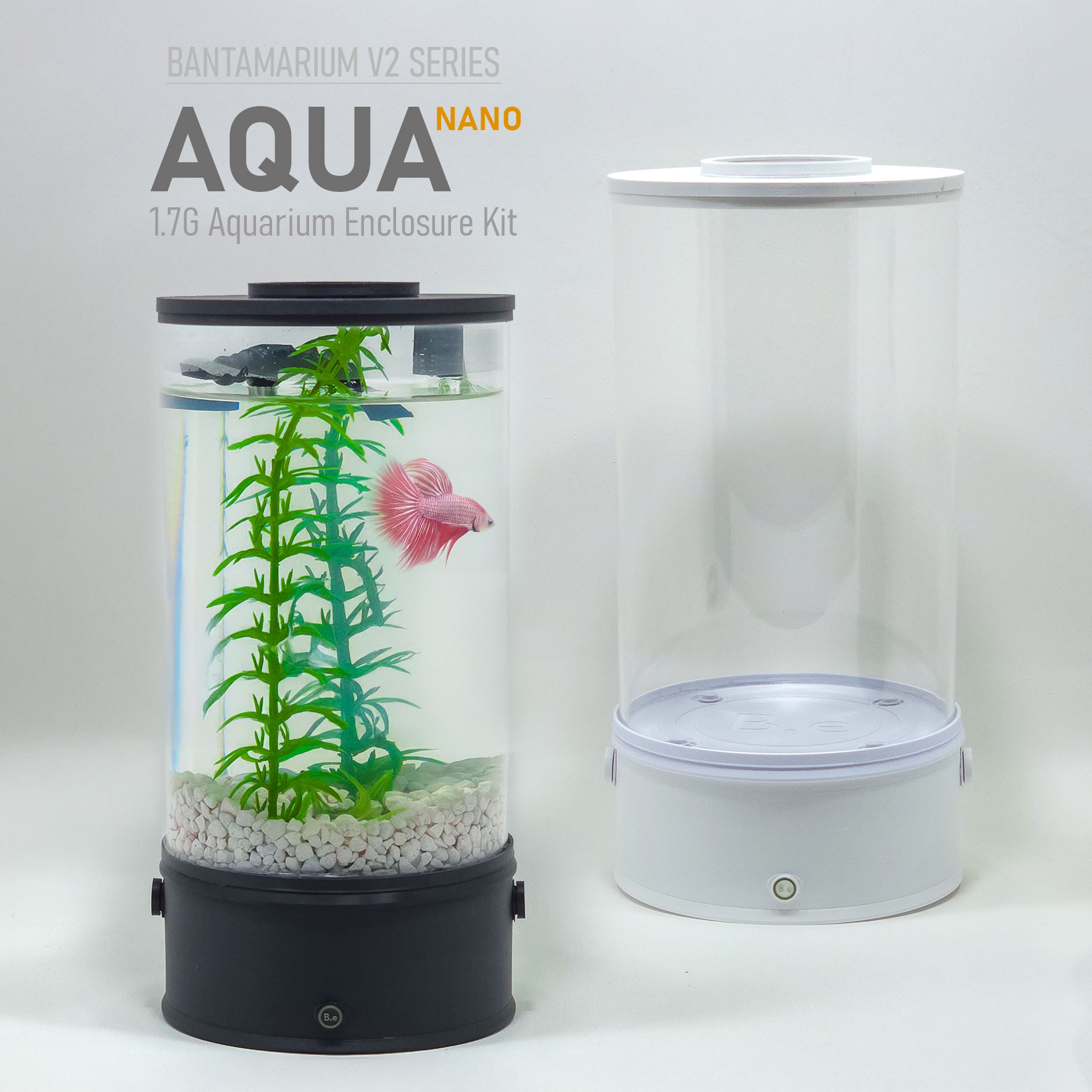

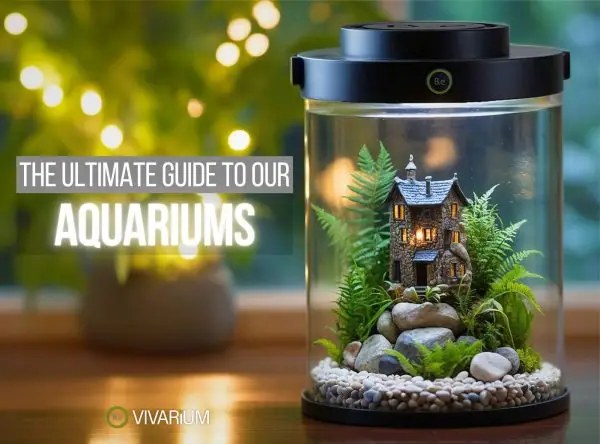
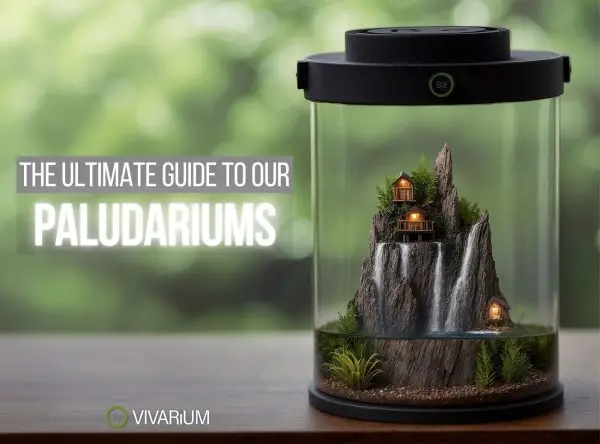
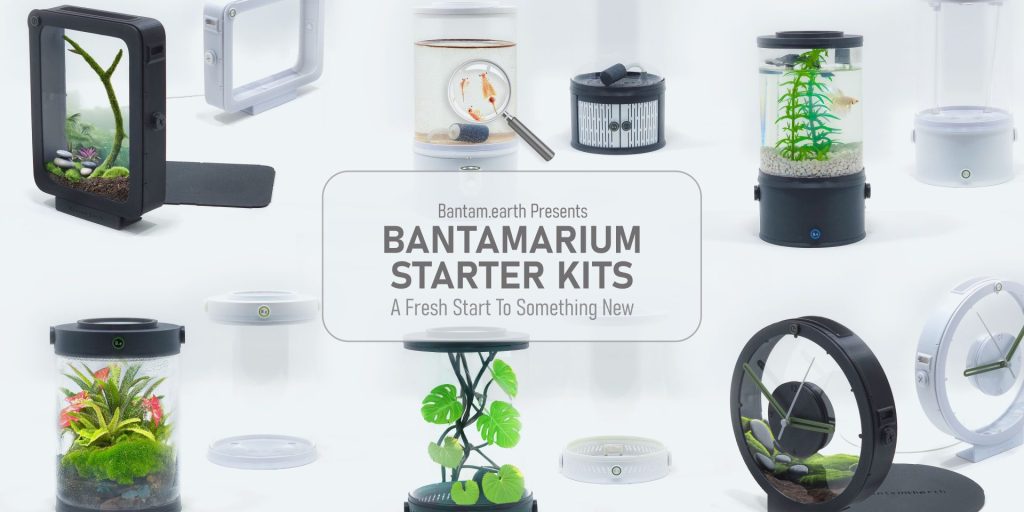


Comments are closed.